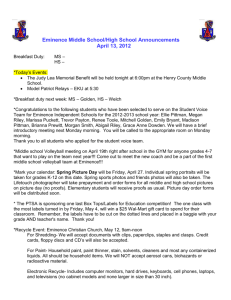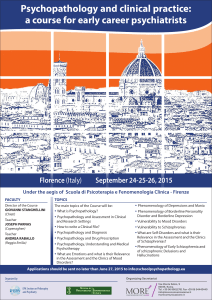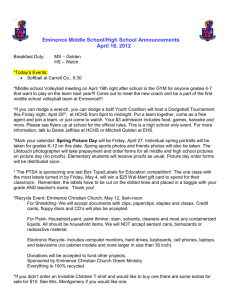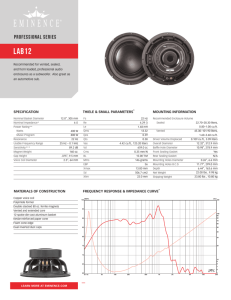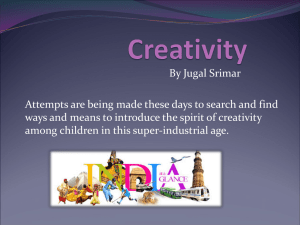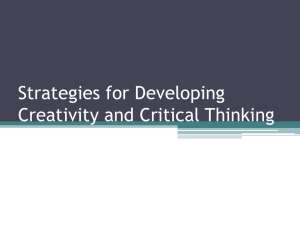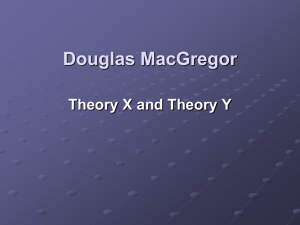method in the mad-genius controversy
advertisement
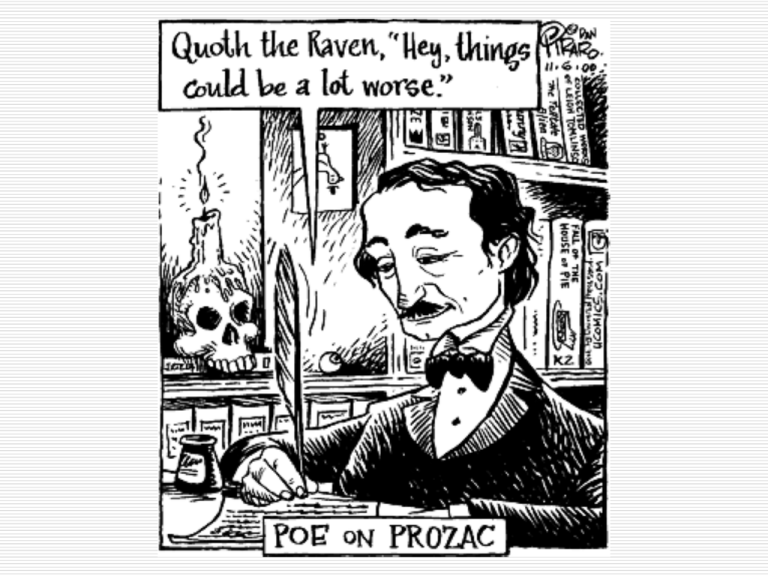
The mad-genius controversy History of the debate Aristotle: “Those who have become eminent in philosophy, politics, poetry, and the arts have all had tendencies toward melancholia.” Seneca: “No great genius has ever existed without some touch of madness.” Shakespeare: “The lunatic, the lover, and the poet Are of imagination all compact.” Dryden: “Great Wits are sure to Madness near ally'd, And thin Partitions do their Bounds divide.” The mad-genius controversy History of the debate Psychiatrists vs. humanistic psychologists 1895 article in the Journal of Nervous and Mental Disease listed the four possible results of an inferior genetic endowment: 1895 article in the Journal of Nervous and Mental Disease listed the four possible results of an inferior genetic endowment: “First, and most prominent in the order of frequency is an early death. 1895 article in the Journal of Nervous and Mental Disease listed the four possible results of an inferior genetic endowment: “First, and most prominent in the order of frequency is an early death. Second, he may help swell the criminal ranks. 1895 article in the Journal of Nervous and Mental Disease listed the four possible results of an inferior genetic endowment: “First, and most prominent in the order of frequency is an early death. Second, he may help swell the criminal ranks. Third, he may become mentally deranged and ultimately find his way into a hospital for the insane. 1895 article in the Journal of Nervous and Mental Disease listed the four possible results of an inferior genetic endowment: “First, and most prominent in the order of frequency is an early death. Second, he may help swell the criminal ranks. Third, he may become mentally deranged and ultimately find his way into a hospital for the insane. Fourth, and least frequently, he startles the world by an invention or discovery in science or by an original composition of great merit in art, music or literature. He is then styled a genius.” Yet humanistic psychologists such as Abraham Maslow, Rollo May, and Carl Rogers all saw creativity as a sign of superior mental health – of selfactualization. The same view advocated by more recent “positive psychologists.” Debate has even gotten nasty More scientific literature reviews: Silvia, P. J., & Kaufman, J. C. (2010). Creativity and mental illness. In J. C. Kaufman & R. J. Sternberg (Eds.), Cambridge handbook of creativity (pp. 381394). New York: Cambridge University Press. Kaufman, J. C. (Ed.). (in press). Creativity and mental illness. New York: Cambridge University Press. Simonton, D. K. (2010). So you want to become a creative genius? You must be crazy! In D. Cropley, J. Kaufman, A. Cropley, & M. Runco (Eds.), The dark side of creativity (pp. 218-234). New York: Cambridge University Press. The empirical findings Psychiatric studies Experimental studies Psychometric studies Historiometric studies e.g., of latter … More Method in the Mad-Genius Controversy: A Historiometric Study of 204 Historic Creators (Psychology of Aesthetics, Creativity, and the Arts, accepted pending revision) Two Prior Historiometric Studies Post, F. (1994). Creativity and psychopathology: A study of 291 world-famous men. British Journal of Psychiatry, 165, 22-34. Murray, C. (2003). Human accomplishment: The pursuit of excellence in the arts and sciences, 800 B.C. to 1950. New York: HarperCollins. Post and Murray Integrated N = 204 (all 46 politicians deleted plus all scholars and economists) Pathology: 0 = none, 1 = mild, 2 = marked, and 3 = severe Eminence: 1-100 scale Correlation r = -.073, p = .297 But multiple R =.602, p < .001! i.e., relation differs across fields! Multiple Regression Analysis Scientists: n = 42 Scientist eminence = 39.706 + 22.816*Psychopathology 8.918*Psychopathology2 an inverted-J curve peak at 1.278 ≈ mild none > severe R2 = 0.114 → 11% of variance explained 1.278 Multiple Regression Analysis Thinkers: n = 23 Thinker eminence = -1.851 + 10.894*Psychopathology 2.078*Psychopathology2 nonmonotonic concave downward function peak at 2.621 ≈ severe R2 = 0.168 → 17% of variance explained 2.621 Multiple Regression Analysis Writers: n = 49 Writer eminence = 11.683 + 2.669*Psychopathology 0.085*Psychopathology2 a positive linear equation “peak” at 3 = severe R2 = 0.032 → 3% of variance explained 3 Multiple Regression Analysis Artists: n = 40 Artist eminence = 15.662 + 4.294*Psychopathology 0.433*Psychopathology2 a positive linear equation like the former, but with a slightly more steep positive slope “peak” at 3 = severe R2 = 0.041 → 4% of variance explained 3 Multiple Regression Analysis Composers: n = 50 Composer eminence = 12.802 + 8.940*Psychopathology 2.239*Psychopathology2 a nonmonotonic concave-downward function peak at 1.996 (moderate) R2 = 0.039 → 4% of variance explained 1.996 Conclusion A relationship does exist between creative eminence and degrees of psychopathological symptoms But this relation differs so much across the five fields that the overall association is zero These results are compatible with research results using different methodologies … but … Why?
